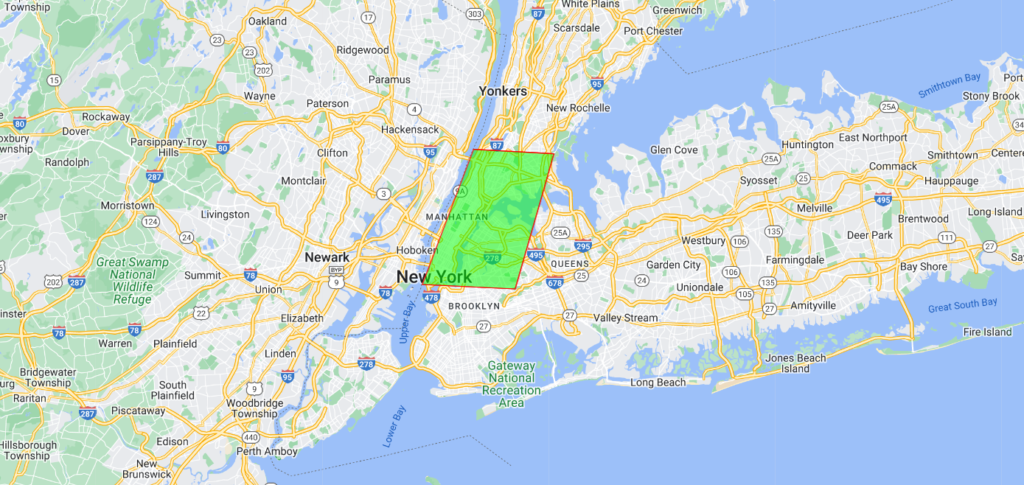
Poseidon’s Ribbon Weed: The World’s Largest Plant
On the western flank of Australia, 500 miles north of Perth, the ocean meets the continent in a jagged puzzle piece that resembles two disembodied legs. This spot is known as Shark Bay.
UNESCO declared Shark Bay a World Heritage Site in 1991. They cited the bay’s enormous seagrass beds, stromatolite colonies, and dugong populations as reasons for recognition and protection. Scientists believe stromatolites to be the earliest sign of life on the planet, as some fossils date to more than 3.5 million years ago. Shark Bay is home to about 1/8th of the planet’s dugongs, also known as sea cows. In addition to teeming life, the inlet features fantastical limestone cliffs. One section – Zuytdorp Cliffs – towers over the water, reaching 820 feet above the ocean.
Shark Bay’s geological history is peculiar. As recently as 6,000 to 8,000 years ago, no water filled the bay. In that period, rising sea levels have covered the region with waters at an average depth of 30 feet. This mixture of new and old, plus rare and varied sea life, makes Shark Bay a prime scientific laboratory. Researchers recently probed the beds of seagrass, which led to an incredible discovery.


One particular species thriving in Shark Bay is Poseidon’s ribbon weed. Sometimes we also refer to Posidonia australis as fireball weed.
These seagrasses form large underwater meadows. Scientists initiated a census to catalog the genetic diversity of the ribbon weed. The results astonished the marine biologists: the field had zero genetic diversity.
The meadow of Poseidon’s ribbon weed was one giant plant!
And when they say “giant” they mean it. This plant stretches over 120 miles! The meadow covers an area of 77 square miles. That’s nearly 50,000 acres. One plant blankets an area twice the size of the island of Montserrat in the Caribbean. Here is what 50,000 acres looks like, overlaid onto Manhattan and parts of Brooklyn:

Poseidon’s ribbon weed is a flowering plant that grows in white sand. It survives in water at depths between 3 and 50 feet, which makes Shark Bay a perfect growing location. The bright green leaves look like ribbons. It’s fantastic the meadow covers so much of Shark Bay, but it’s too bad there isn’t more: the weed sequesters carbon like a powerhouse. The grass is 35 times more efficient at gobbling carbon and storing it than rainforests!
If recent research holds up, Shark Bay’s meadow easily becomes the world’s largest plant. Previous contenders included a stand of quaking aspen trees in Utah that covers 100 acres and a fungus colony in Oregon that spreads over 2,000 acres.
:focal(472x261:473x262)/https://tf-cmsv2-smithsonianmag-media.s3.amazonaws.com/filer_public/8c/7c/8c7cc1fe-585b-4efc-9af7-d20bde8e55cd/seagrass_card_-_944x522_copy.jpg)
How can one plant become so large?
Usually, when organisms reproduce they retain some genetic code from both parents. This meadow, however, is a giant clone. It grows by creating new nodes that diverge from the root system. Through a process called polyploidy, the seagrass contains genetic info from both of its ancient parents and continues to grow asexually. Researchers hypothesize that the combination of cloning and polyploidy allowed the grass to survive in hostile, changing conditions. It does not need to find a mate, yet contains more genes than the average clone, allowing it to readily adapt.
This method of reproduction also allows scientists to estimate the age of the weed. Adding about 14 inches each year, the world’s largest plant is approximately 4,500 years old!

Further Reading and Exploration
World’s Largest Plant Is a Seagrass That Clones Itself – Smithsonian Magazine
The World’s Largest Plant Is a Self-Cloning Sea Grass in Australia – New York Times
Extensive polyploid clonality was a successful strategy for seagrass to expand into a newly submerged environment – The Royal Society













